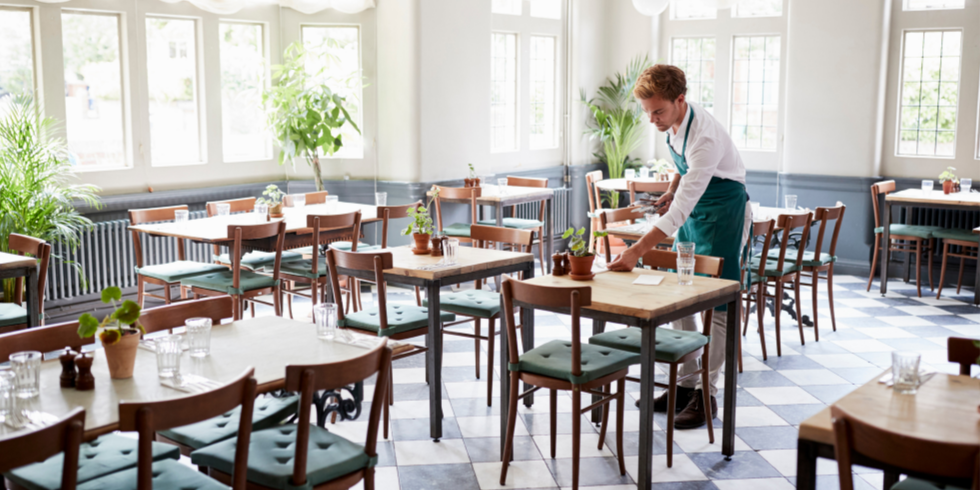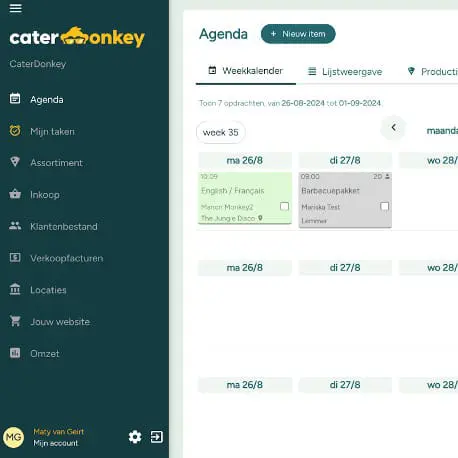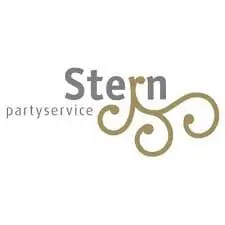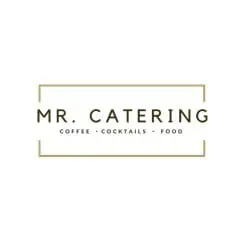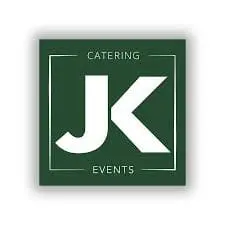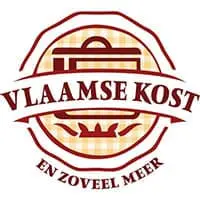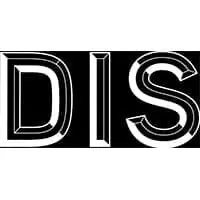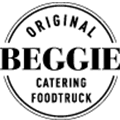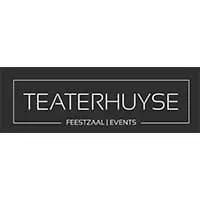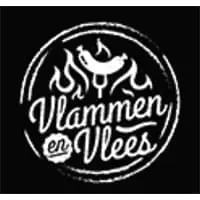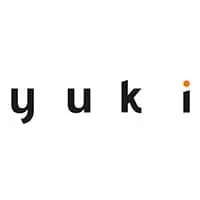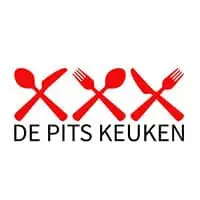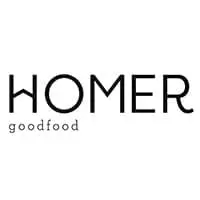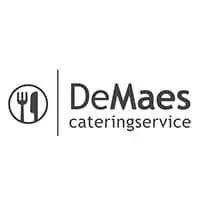Automatic purchasing saves restaurants time by replacing manual processes with automated systems that monitor inventory, place orders and manage suppliers. This eliminates daily tasks such as manually checking inventory, calculating requirements and communicating with multiple suppliers, allowing your team to focus on guests and cooking processes.
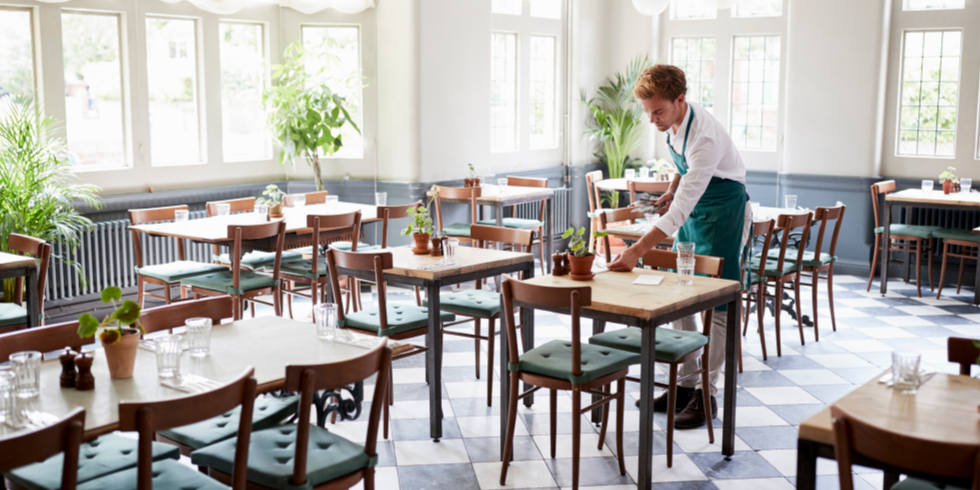
Why does purchasing take so much time in restaurants?
Purchasing in restaurants traditionally takes a lot of time because it is a complex process involving many manual steps. You have to check stock levels daily, calculate orders and communicate with various suppliers.
The daily routine usually starts with checking what is still in stock. This means going through the refrigerators, freezers and pantries to see what is running low. Next, you need to calculate how much you will need for the coming days, taking into account your menu, expected traffic and any special events.
Communicating with suppliers also takes a lot of time. You call or email different suppliers for meat, fish, vegetables, drinks and other products. Each has its own ordering system, delivery times and minimum orders that you have to take into account.
Calculating the right quantities is another time-consuming task. You have to convert your recipes to the number of guests, take seasonal fluctuations into account and make sure you don’t order too much to avoid waste.
What exactly is automatic purchasing?
Automated hospitality purchasing is a system that digitises and automates your purchasing processes. It monitors your stock, automatically calculates what you need and can even place orders without you having to be there yourself.
These systems use smart algorithms that analyse your sales data, recipes and stock levels. They learn from your patterns and can predict when you will need certain products. For example, the system knows that you need more meat every Friday because weekends are busier.
The software often connects directly to your cash register system and keeps track of what is sold. Each meal sold is automatically deducted from your digital stock. When a product falls below a certain level, the system automatically generates an order.
Modern systems can also take external factors such as weather, nearby events or seasonal trends into account. This makes predictions even more accurate and helps you to be better prepared for busy periods.
How does automatic purchasing work in practice?
In practice, automatic purchasing starts with setting up your recipes and stock levels in the system. You specify which ingredients you use, in what quantities, and what your minimum stock level should be for each product.
The system then continuously monitors your stock. Every sale is automatically processed and your digital stock is updated. When a product falls below the set minimum, you will receive a notification or an order will be generated automatically.
The software also automatically calculates how much you will need for the coming period. It looks at your historical sales figures, planned events and seasonal patterns to make accurate predictions.
For communication with suppliers, the system can automatically forward orders via email, EDI links or other digital channels. Some systems can even compare prices between different suppliers to offer you the best deals.
| Stap | Handmatig proces | Automatic process |
|---|---|---|
| Check stock | Walking around physically and counting | Real-time digitale monitoring |
| Calculate orders | Manual calculation and estimation | Automatic calculation based on data |
| Contact suppliers | Call or mail | Automatic order processing |
| Placing orders | Individual per supplier | Centralised via a single system |
What advantages does automatic purchasing offer besides saving time?
In addition to saving time, automated purchasing offers several other advantages that directly impact your profitability. Cost savings are one of the most important advantages because you can purchase more accurately and waste less.
Better stock control means you always know what you have in stock. You are less likely to run out of stock, which means you don’t have to improvise or make expensive emergency purchases. At the same time, you prevent products from spoiling because you have bought too much.
You also gain better insight into your food costs. The system shows exactly how much each dish costs to make and how your margins are developing. This helps you optimise your menu and pricing.
Improve supplier relationships because you order more consistently and make fewer mistakes. Automatic systems ensure clear communication and can help you negotiate better prices by providing insight into your purchasing volumes.
Compliance and traceability are also made easier. You can keep track of exactly where your products come from, when they were delivered and how they were used. This is important for food safety and any recalls.

How do you choose the right automatic purchasing system?
When choosing an automated purchasing system, you should first consider how it can be integrated with your current systems. It must be able to link up with your cash register system, accounting system and any other software you use.
Ease of use is important because your team needs to be able to work with it. Choose a system that is intuitive and does not require too much training. A good supplier offers comprehensive support and training.
Consider the functionalities you truly require. Basic inventory monitoring is essential, but do you also need advanced analytics? Do you want to be able to connect with multiple suppliers, or is one main supplier sufficient?
Scalability is another important factor. The system must be able to grow with your business. If you plan to expand or open new locations, the system must be able to support this.
Costs are also important, of course. Don’t just look at the monthly costs, but also at implementation costs, training and any additional modules. Calculate the return on investment by comparing the time savings and cost savings with the system costs.
What are the first steps towards automated purchasing?
The first step is to map out your current purchasing processes. Note down how much time you currently spend on purchasing, which suppliers you use and where the biggest bottlenecks are. This will give you a baseline against which to measure improvements later on.
Next, create a digital inventory of your recipes and products. This is often the most time-consuming part of the implementation, but it forms the basis for the entire system. Make sure you enter all ingredients, quantities and suppliers accurately.
Choose a system that suits your needs and budget. Often start with a pilot in one location or for a limited number of products. This helps you get to know the system without disrupting your entire business.
Train your team thoroughly in the new system. Make sure everyone understands how it works and why it is important. Resistance to change is normal, but good training and clear benefits help with acceptance.
Monitor the results closely during the first few months. Look at time savings, cost savings and any problems that arise. Adjust the system where necessary and gradually expand it to other processes or locations.
Automatic purchasing can be a game changer for your restaurant, but it requires a well-thought-out approach and commitment from your entire team. With the right preparation and implementation, you will quickly see the benefits in terms of time, costs and overview. At Catermonkey, we have been helping hospitality entrepreneurs digitise their processes for years, from purchasing to invoicing, so that you can focus on what you do best: providing your guests with a great experience. Would you like to know more about how you can work more efficiently with digital quotes or receive personal advice about automation? Please contact us for a no-obligation consultation.
Ready to automate your purchasing processes?
Do you have any ideas or questions about how automated purchasing can help your restaurant? Catermonkey is happy to work with you to determine how our platform can support your business in digitising your processes. From stock monitoring to supplier management, we will work with you to identify the options that best suit your situation.
Plan your brainstorm with Catermonkey! During a no-obligation brainstorming session, we discuss your challenges and show you how you can save time and money with smart automation.
